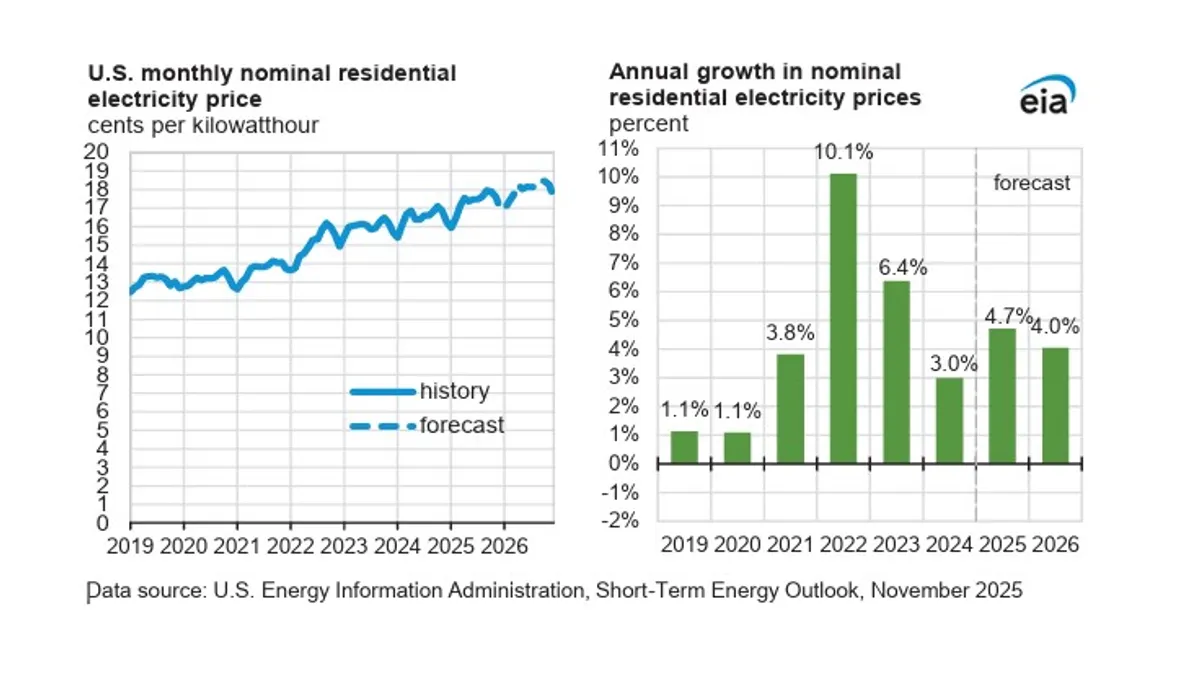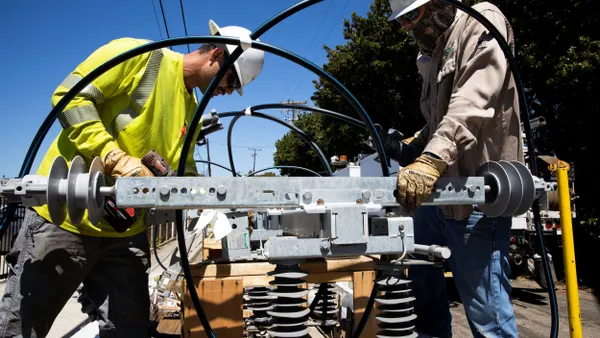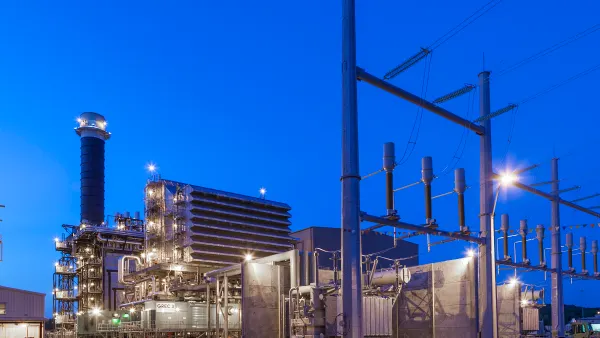Utility regulators from about 35 states are urging the Federal Energy Regulatory Commission to sharply limit a 0.5% return on equity incentive the agency gives to utilities that join regional transmission organizations.
“The time has come for the Commission to eliminate its policy of granting the RTO Participation Adder in perpetuity, if not to eliminate this incentive altogether,” the Organization of PJM States, the Organization of MISO States, the New England States Committee on Electricity and the Southwest Power Pool Regional State Committee said in a Friday letter to FERC.
The state regulators and others contends the RTO incentive adds millions to ratepayer costs to encourage behavior — being an RTO member — that they would likely do anyway.
In 2021, FERC proposed limiting its ROE adder to three years. FERC Chairman Mark Christie supports the proposal as well as limiting other incentives aimed at encouraging utilities to build transmission lines. However, it appears he has been unable to convince a majority of FERC commissioners to reduce those incentives. Christie’s term ends today, although he plans to stay at the agency until at least FERC’s next open meeting on July 24.
Limiting the ROE incentive could reduce utility income. Public Service Enterprise Group, for example, estimates that removing the incentive would cut annual net income and cash inflows by about $40 million for its Public Service Electric & Gas subsidiary, according to a Feb. 25 filing at the U.S. Securities and Exchange Commission. The utility earned about $1.5 billion in 2024.
Ending the incentive would reduce American Electric Power’s pretax income by $35 million to $50 million a year, the utility company said in its 2023 annual report with the SEC.
In April, WIRES, a transmission-focused trade group, the Edison Electric Institute, which represents investor-owned utilities, and GridWise Alliance, a grid-oriented organization, urged FERC to terminate the two dockets that propose to reduce existing transmission incentives.
Since FERC started exploring changing its transmission incentives about six years ago, there have been major changes in the power sector that support continuing the incentives, according to the groups.
“With the declaration of a national energy emergency, President Trump has emphasized the urgent need to revamp and expand the nation's electric grid to meet growing demands, ensure reliable power supply, and lower the total cost of delivered energy,” the groups said.
Removing the transmission incentives would create uncertainty, possibly chill investment and increase customers costs, according to WIRES, EEI and GridWise.
Meanwhile, on May 15, a coalition of energy users noted that an appeals court rejected their challenge to one of FERC’s incentives — the “abandoned plant” incentive that allows a utility to recover its project-related expenses even if it is never fully built. The court ruled that the groups lacked standing to bring the challenge.
“Under the existing regulatory regime, consumers are disincentivized from protesting an abandoned plant incentive application before FERC (because it would be an exercise in futility), while utilities (in the absence of any viable challenge) are even further encouraged to seek and obtain the right to recover 100% of prudently incurred costs in transmission rates for abandoned projects, regardless of the degree of risks presented by the project,” the groups said in a joint filing.
Given the expected buildout of the transmission system, requests for transmission incentives will likely surge, putting “severe upward pressure on rates,” Industrial Energy Consumers of America, American Forest & Paper Association, PJM Industrial Customer Coalition, Coalition of MISO Transmission Customers, the Resale Power Group of Iowa and Wisconsin Industrial Energy Group said in their joint filing.















